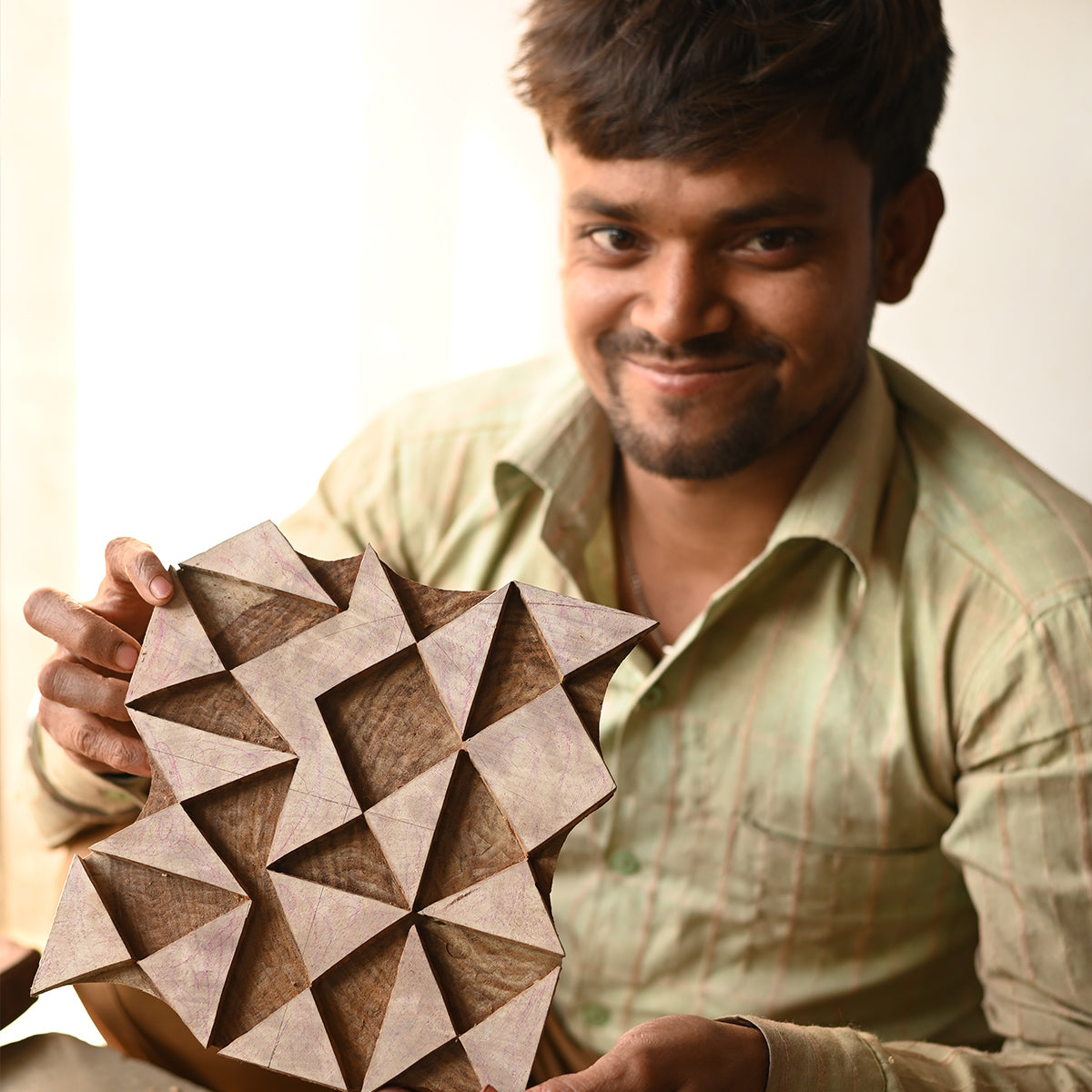
The Art of Texture in Interior Design: Bringing Depth and Dimension to Your Space
Introduction
In the realm of interior design, texture plays a pivotal role in transforming a flat, two-dimensional space into a living, breathing environment. It's not just about the visual appeal; texture engages our sense of touch and enhances the visual weight of a room, influencing its warmth, character, and mood. Whether it's the roughness of raw stone, the softness of a shaggy rug, or the smoothness of polished wood, texture in interior design is the silent yet powerful ingredient that brings a space to life.
The Importance of Texture
Texture is the design element that appeals to our tactile senses and brings diversity to our visual perception. In interior design, texture can be the determining factor that takes a room from sterile to tactile haven. It's not just about the touch; texture adds visual weight and can influence the overall balance of a room. It can make large spaces feel cozy and smaller rooms appear expanded. Textures also play a crucial role in the layering of a space, allowing for a harmonious blend of different styles and periods.
The interplay of textures can evoke emotions and memories, much like a piece of music or a fragrance. It's about creating an experience, a space that doesn't just look good but feels good too. The right combination of textures can transport you, reminding you of a rustic countryside cottage or a sleek city apartment, depending on the materials and finishes chosen.
Types of Textures in Interior Design
Textures in interior design manifest in countless forms. Soft textures, such as plush velvets and fluffy wools, invite comfort and warmth, making them perfect for living areas and bedrooms. Rough textures, like jute or reclaimed wood, add rustic charm and can ground a space with earthiness. Shiny textures, found in materials like lacquer and polished metals, contribute a sleek, modern vibe, while matte finishes, such as chalk paint and terracotta, can evoke a more subtle, understated elegance.
Incorporating a variety of textures can also enhance the functionality of a space. For example, smooth, hard surfaces are ideal for areas that require easy cleaning, while softer, absorbent textures might be better suited for quiet, more intimate spaces.
Integrating Texture in Your Home
Integrating texture into your home is an art that requires a balance between subtlety and bold statements. Start with textiles: cushions, throws, and rugs are simple ways to introduce varied textures. Wall treatments, such as wood paneling, textured wallpapers, or exposed brick, can create a focal point. Furniture also plays a significant role; consider a leather ottoman, a velvet sofa, or rattan chairs to introduce different textures. Remember, the key is to mix and match – combining rough with smooth, matte with shiny, to create a layered look that feels cohesive and inviting.
Don't overlook the small details. Elements such as drapery, bedding, and even the books on your shelf contribute to the textural story of your space. And it's not just about variety; repetition can be just as effective. Repeating a texture throughout a space can create a rhythm, a visual harmony that ties a room together.
Texture and Color: A Symbiotic Relationship
Texture and color share a symbiotic relationship in interior design. While color sets the mood, texture adds depth and dimension, allowing colors to pop and harmonize. Light-colored textures can make a space feel airy and larger, while darker textures tend to create a sense of intimacy. The interplay between texture and color can be used to highlight architectural features, define spaces within a room, or draw attention to statement pieces.
Consider the impact of natural light on textures as well. The way light interacts with different surfaces can dramatically alter the look and feel of a room throughout the day. A velvet might appear lush and rich in the evening light, while a linen may look breezy and casual in the morning sun.
Texture in Sustainable Design
In today's design landscape, sustainability is more important than ever, and texture plays a key role in this movement. Sustainable textures—those made from recycled, organic, or responsibly sourced materials—not only contribute to a healthier planet but also bring an authentic, grounded feel to a space. They tell a story of craftsmanship and care, adding a layer of depth and narrative to your home.
When selecting sustainable textures, consider the lifespan and production process of the materials. Natural fibers, reclaimed wood, and recycled fabrics are excellent choices that offer both aesthetic and environmental benefits. By choosing sustainable textures, you're not just designing a space; you're making a statement about your values and the kind of world you want to live in.
Conclusion
Texture is the unsung hero of interior design, a subtle yet powerful tool that can completely alter the atmosphere of a room. By thoughtfully integrating a variety of textures into your space, you can create a rich, dynamic environment that delights the senses. Embrace the tactile beauty of texture and let it inspire your next design project. Whether you're drawn to the organic, the sleek, the plush, or the rugged, remember that texture is a fundamental element that will elevate your interior from ordinary to extraordinary.





